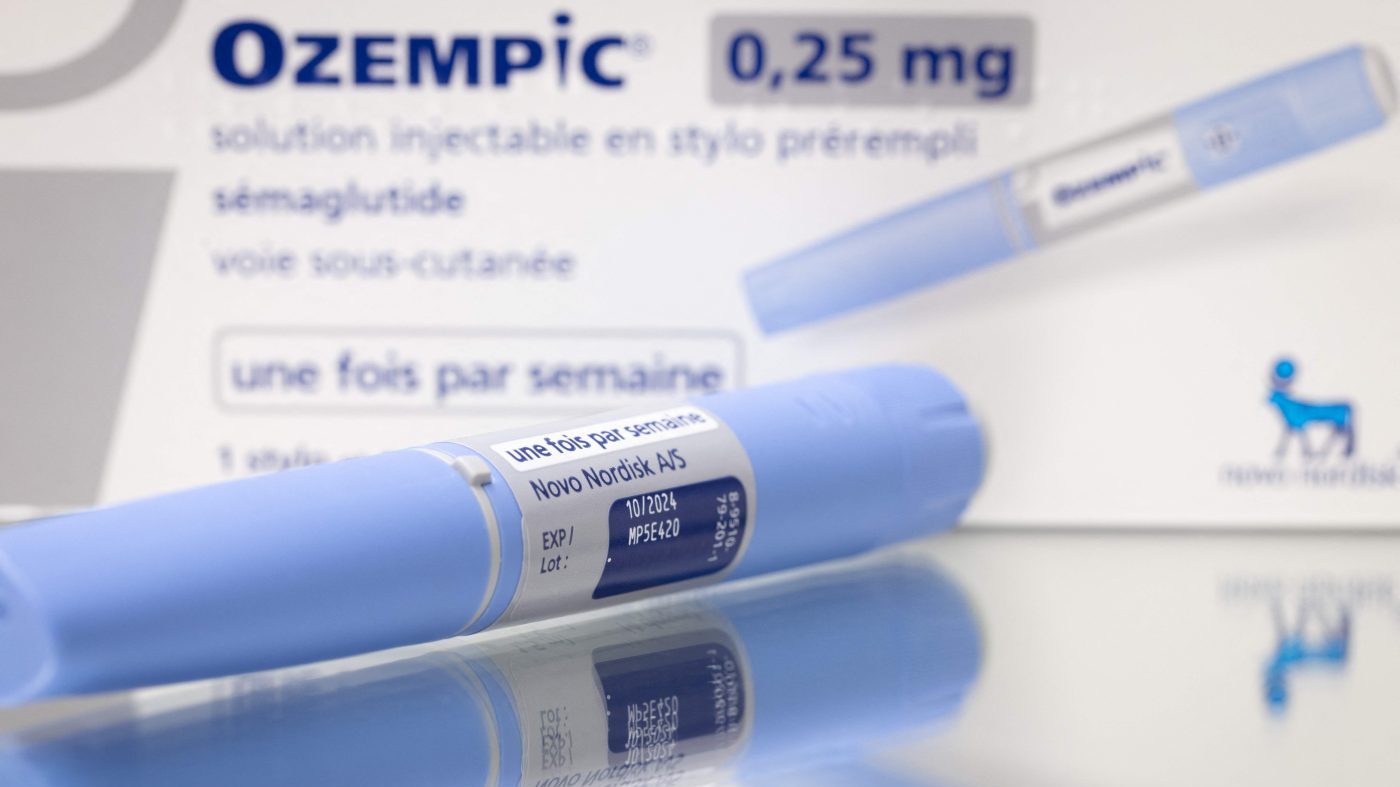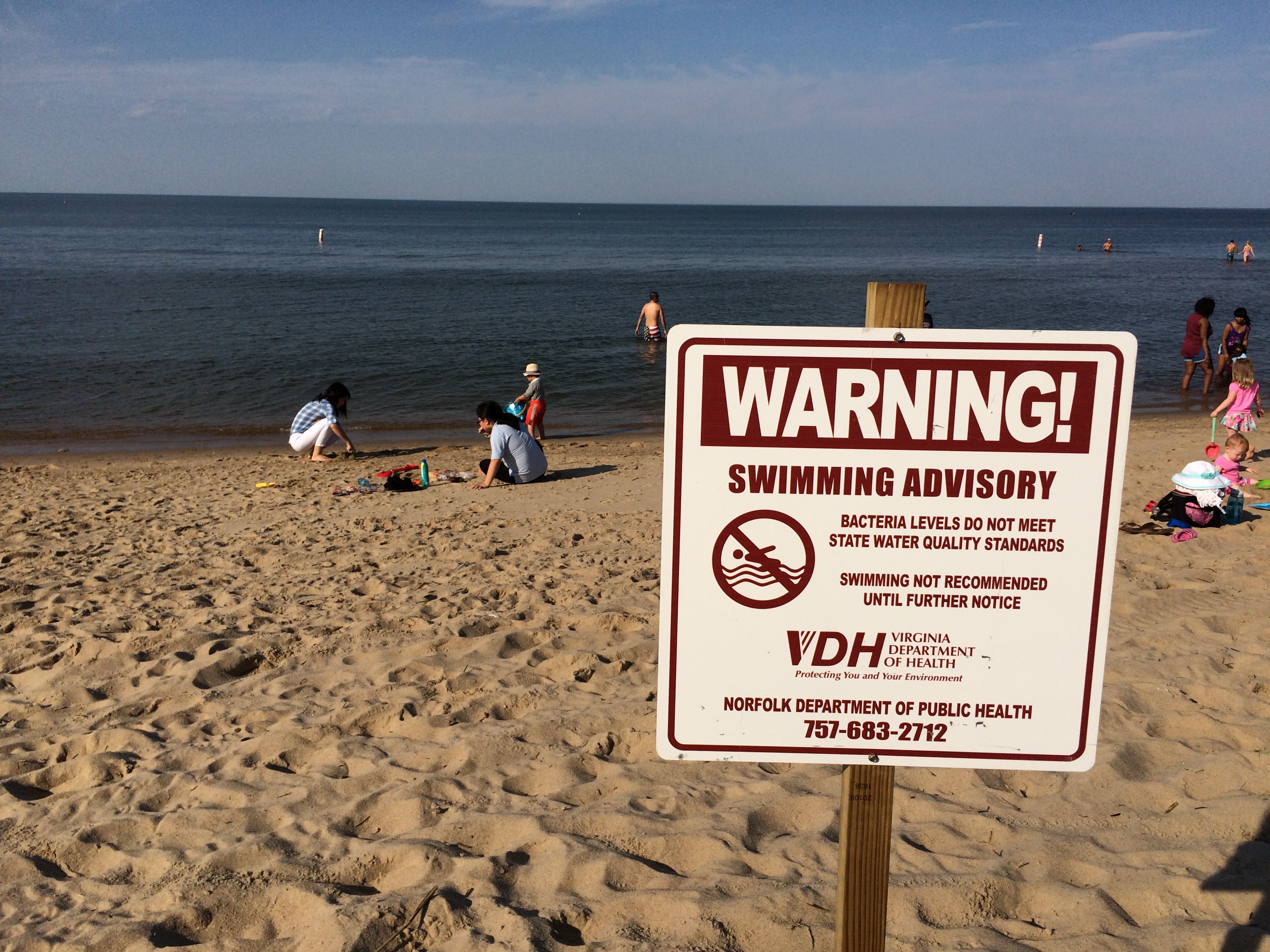TAMPA, Fla. (WFLA) — This story has been archived and will no longer be updated. For updates on this system, click here.
The tropics remained active Tuesday as communities across the Southeast U.S. work to recover from Hurricane Helene.
According to the National Hurricane Center’s September report, tropical cyclone activity was close to average in terms of named storms – six total named storms, three hurricanes and one major hurricane.
Despite experiencing a late summer lull, overall activity is currently on track with “the long term (1991-2020) average.”
This is the time of year when we start to see fewer tropical waves coming off the coast of Africa, but there are still plenty out there, which points to this being a “backloaded” hurricane season.
Heading into October, NHC forecasters are tracking Hurricane Kirk, which strengthened into a hurricane on Tuesday. The storm is expected to strengthen into a powerful major hurricane this week over the open Atlantic, with the NHC predicting its maximum sustained winds will reach 125 mph.
Another tropical wave, trailing behind Kirk, is likely to develop over the next few days and strengthen over the open ocean.

NHC forecasters are also watching an area of disorganized showers and thunderstorms located over the southwestern Caribbean Sea. A tropical depression could form late this week or this weekend as the low pressure system meanders in the Gulf, but it faces harsh wind shear as it attempts to get organized.
It has a near-zero percent chance of developing in the next 48 hours and a 40% chance of development over the next week. Regardless of development, the low is expected to bring tropical moisture to Florida’s Gulf coast.
How strong will it be and where is it going to go? This afternoon on Tracking the Tropics, we’ll break down what we know about the low and where it could be headed.











































































































